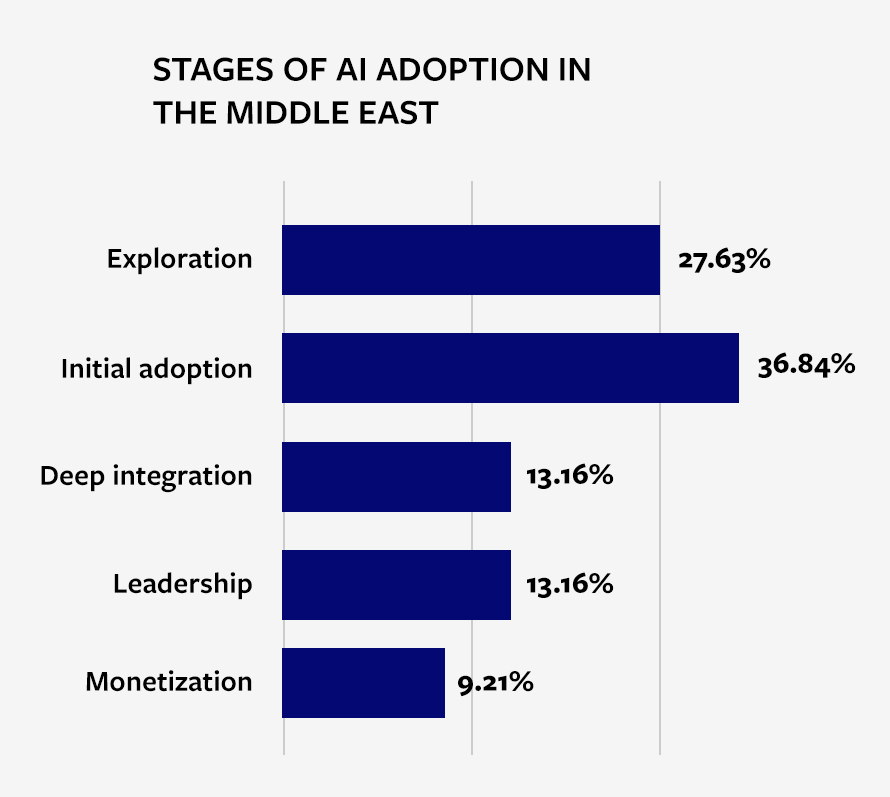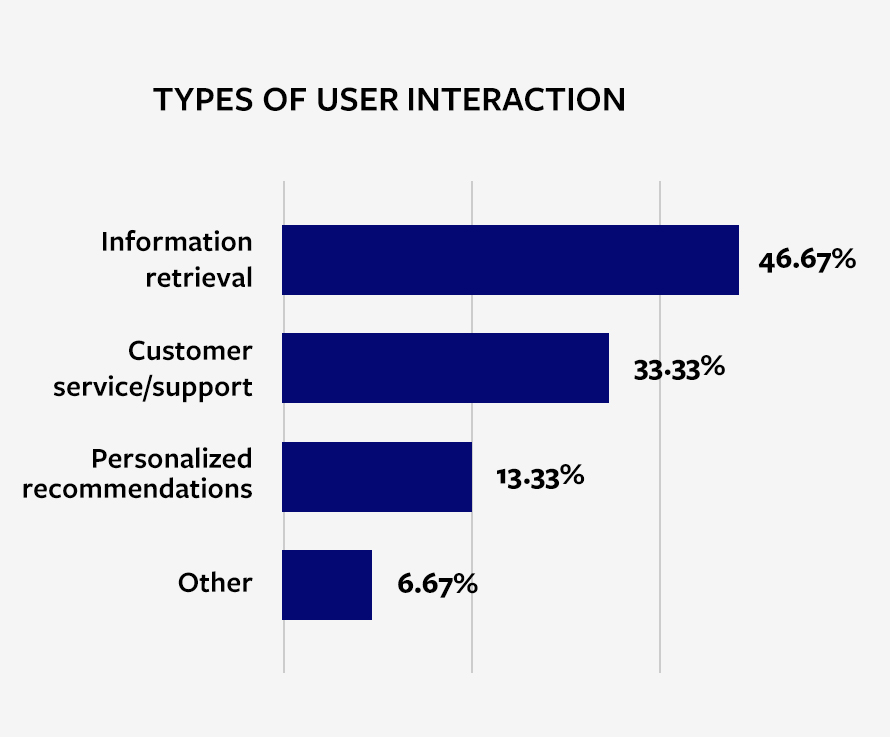AI Future Unlocked: Exploring Actionable Gen AI Model in the Middle East
By gathering feedback on best practices, user experiences, and the specific needs of the Middle East market, the white paper, Leveraging Actionable Gen AI In The Middle East, in partnership with Astra Tech, provides a localized perspective addressing cultural sensitivities and compliance.
Liji Varghese
Reading Time: 5 min
Topics
MIT SMR CONNECTIONS
At MIT SMR Connections we explore the latest trends on leadership, managing technology, and digital transformation.
More in this series
News
- UAE Forms National Media Authority to Centralize Media Oversight
- TikTok Strikes US Sale Deal With Oracle, Silver Lake, and UAE’s MGX
- Gartner Pinpoints the Companies Leading the AI Vendor Race
- UAE to Add 1M+ Jobs By 2030, Driven by Tech Sector
- Not All AI Firms Will Pull Through, Says Bill Gates
- Google Launches Gemini 3 Flash to Power Real-Time AI Agents at Scale

[Image source: Krishna Prasad/MITSMR Middle East]











